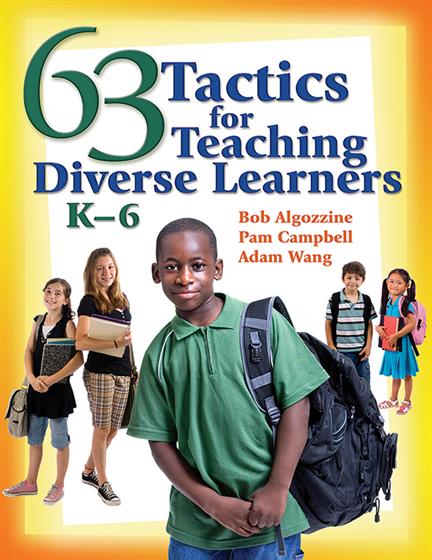Hands-on, Practical Guidance for Educators
From math,
literacy, equity, multilingual learners, and SEL, to assessment, school counseling,
and education leadership, our books are research-based and authored by experts
on topics most relevant to what educators are facing today.

63 Tactics for Teaching Diverse Learners, K-6
Evidence-based practices for delivering instruction that meets students' diverse learning needs!
This resource presents successful, teacher-tested instructional methods that can be used across content areas and grade levels for elementary students with or without disabilities. The authors provide a practical, research-based teaching model that focuses on planning, managing, delivering, and evaluating instruction. Readers will find:
- Descriptions of how to teach students with diverse learning styles and needs
- Feedback from teachers on how to implement or modify each tactic
- Information to help teachers choose appropriate strategies for specific subjects, grades, or learning difficulties
Product Details
- Grade Level: K-6
- ISBN: 9781412942386
- Published By: Corwin
- Year: 2008
- Page Count: 160
- Publication date: October 14, 2008
Review Copies
This book is not available as a review copy.




